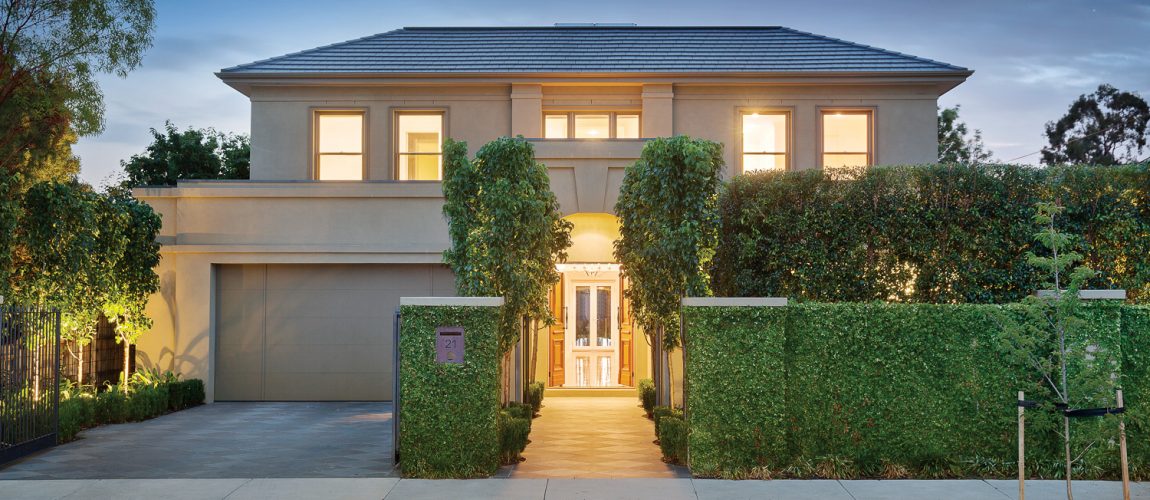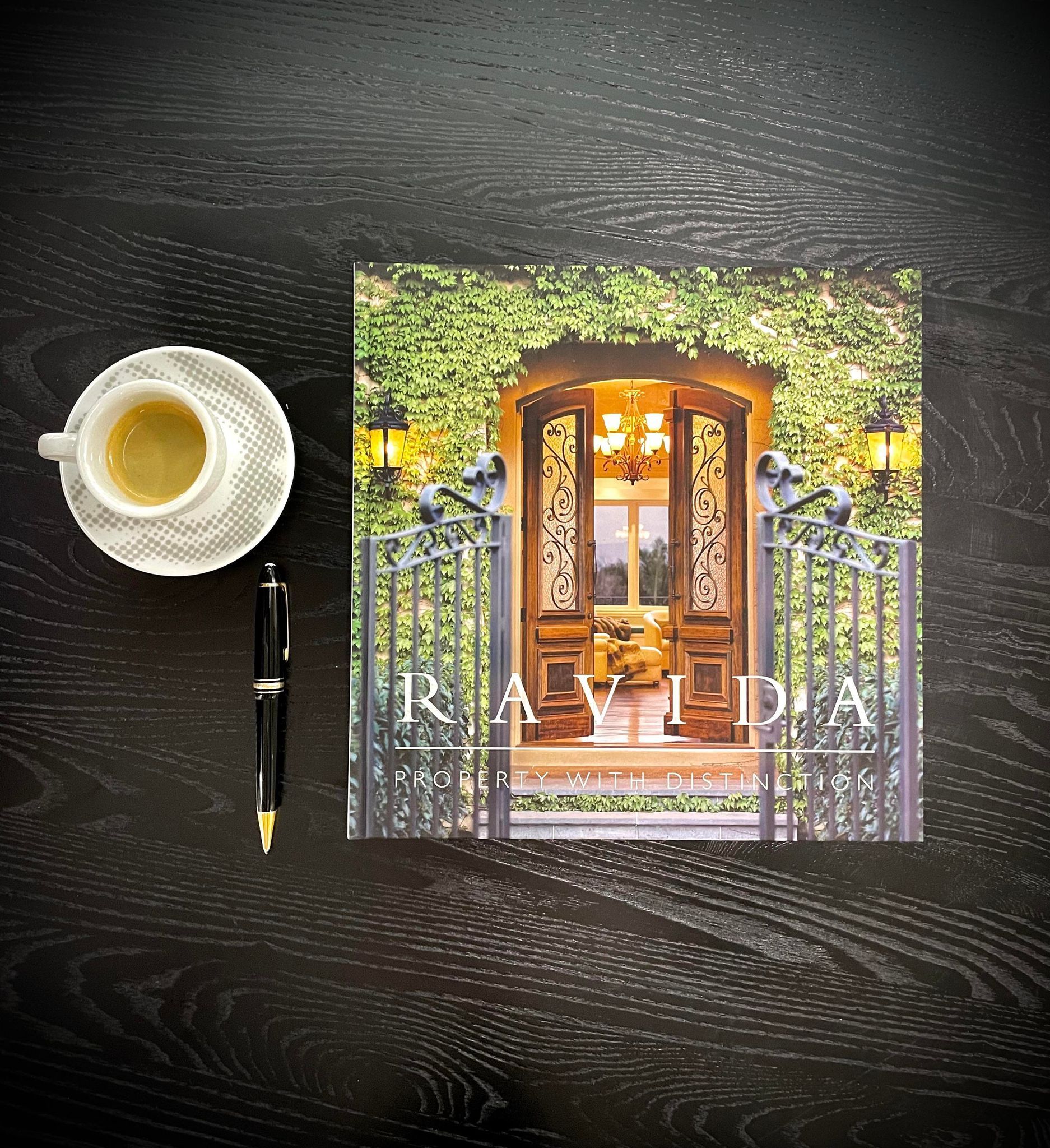When looking to buy a site to build your dream home on in Melbourne, you need to understand that there are many things that can affect what you can build. So while in real estate it’s ‘Position, Position, Position!’, in design and construction, it’s a little more complicated.
Ultimately, you can always design a home to suit any site regardless of its limitations – it’s all about an effective design response. And some limitations are also opportunities at the same time, or they come as part and parcel with a feature. For example, it’s hard to find a flat block that’s easy to build on but also has a great uninterrupted view. More than likely, any site with a good view will have some slope on it, and any flat block that’s easy to build on will have no view at all. The idea is to fully understand the limitations of the site and how they will impact what you want to achieve before you buy the site.
Factors to Look Out For
Some factors are obvious, like the physical elements and the size, shape and dimensions of the site limiting what can fit on it. For instance, a 550m2 site will not accommodate a 60sq house with a 4 car garage, a pool and a tennis court. Other factors are easily found in the documentation, does it have an easement on it, and if so, what impact will it have? That’s all obvious, but you will also have the fall of the land and the orientation to the north as key factors in developing the best design for that site.
Then there are the other physical factors beyond the site boundaries that can also have an impact. The proximity of the neighbouring homes and any windows facing your site will impact how closely you can build to that boundary. Significant trees may also require permits to be removed or specialist foundations to build around and sometimes agreements for replacement planting are required. The location of the driveway crossover and services like electricity and sewer will affect costs, and in some cases also impact the design of the home and/or the front fence.
Rules and Regulations
Beyond the physical factors of the site, we have the rules and regulations – and that’s where it gets a bit more complicated. Since the state government restructured the planning schemes in 2014, which allowed the local councils to apply Schedules to the 3 main residential zones, things have gotten a lot more street specific and even site-specific. It’s not rare to have homes that are within a street or two and even in the same street be subject to different rules and regulations around what can and cannot be built.
To build a home on some sites will require a Town Planning permit, which you need to get through the local authority (Council). This is different from a building permit, which a builder will get from a private building surveyor. A planning permit usually takes many months, as there is a lot of work in preparing documentation for the application, and then you have the speed at which the various councils process the applications, which ranges from very slow to even slower. It will also often involve advertising or seeking comments from neighbours and any other interested parties. Much of their feedback and the council’s attitude and opinions can force the design to be altered.
If the planning scheme forbids you to build what you want to build, that doesn’t necessarily mean you shouldn’t buy that block, we can often design homes that still achieve much of what our clients want using other design features. But if you do not wish to compromise, then it might be best to give that site a miss. If you want to live in a specific area, and that area has some form of planning control on it, your options are to either change where you want to live or go through the planning process. Fortunately, the planning process is bearable if it’s carefully managed by people with experience and knowledge. As long as you understand and accept the process and the time it takes and have made the appropriate plans in terms of your own accommodation and finances, it’s not usually an issue. At Ravida, we handle this process for our clients, we have great experience and resources and keep our clients up to date at every step of the way.
Variable Rules
In some instances, the planning scheme may stipulate a rule that can be varied if you have good reason to need it changed. These are typically rules around the setback of the home, but there are others. These rules can be varied through a Report and Consent application to the council Building Department (this is not town planning). This process will also usually involve notifying any potentially affected neighbour as well as the council’s Building Surveyor, who is the one that makes the final decision. But the process is typically much quicker and is a lot easier to navigate and understand than Town planning.
However, there are also some things stipulated in the Planning Schemes which are final and cannot be changed either by a Town Planning Application or a Report and Consent. It’s difficult for many people to understand what rules can be varied and which ones cannot, as well as knowing what some councils see as a good reason to vary them. But this is very much worth knowing if you want the best possible outcome.
How to Access Planning Schemes
The planning schemes are available online for free for anyone to access. They are usually also listed in the statement of information in a section 32 document when a property is listed for sale. Accessing the documents is easy enough, but the difficulty is knowing where the most critical information is in these at times quite long documents, understanding what’s written in the document and if that applies to your project, what can be varied, what cannot. You then need to understand what the means in real terms and what impact that might have on being able to achieve the things you want to achieve.
This is an area that people should be aware of prior to buying a site. If you aren’t able to confirm this information prior to buying the site you should at least throw in a condition on the sale that gives you some time to ensure you can build what you want on the site and the ability to back out of the sale if you cannot. I have had people come to me with a site they just purchased with a potential view of the bay and a dream of building a rooftop deck. I looked at the planning schemes, and in the Schedule of Design Development Overlay, a rooftop deck or viewing area was forbidden. The information was there in section 32, but the Design Development Overlays along the Bayside suburbs are very difficult to understand and interpret. In this instance, a premium had been paid for the site at auction, but the buyers were unable to achieve one of the key elements of their dream home and had no way out of the sale. When you’re paying in the millions for a site and spending millions on the house, pool and landscape, you really want to make sure you can do the main things you want to do.
Get Expert Advice and Guidance Today
If you are considering buying a site to build your dream home on, please let me know. It only takes me half an hour or so to run a preliminary check across these things, plus I can also potentially get out to the site to check up on other physical factors. This ensures we can avoid any hiccups and be fully aware of the potential issues so they can be addressed ahead of time. For expert advice and guidance, call Ravida today.







